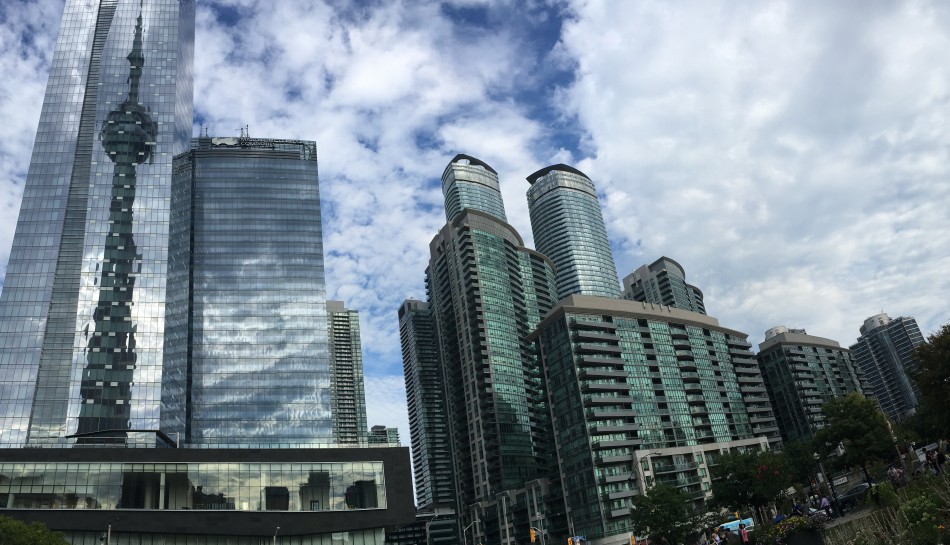Canada only landed 17,000 new immigrants in May, one of the lowest monthly totals during the coronavirus pandemic.
Canada welcomed 17,100 new permanent residents in May 2021.
New Immigration, Refugees and Citizenship Canada (IRCC) data released this morning shows that Canada’s new immigrant landings slowed for a fourth straight month following a strong start to the year.
After welcoming 24,680 new immigrants in January, Canada welcomed 23,395 in February, 22,425 in March, and 21,155 in April. All told, Canada has welcomed just over 108,000 immigrants through the first five months of 2021. This is short of the pace it needs to achieve the targets outlined in its Immigration Levels Plan 2021-2023.
Canada is looking to welcome 401,000 new immigrants annually beginning this year. This is the most ambitious immigration target in Canada history as the country looks to harness newcomer arrivals to support its post-pandemic economic recovery.
Canada targeted the arrival of 341,000 new immigrants in 2020 but fell way short, only welcoming 184,000 newcomers as a result of the travel restrictions and other coronavirus-related disruptions that began in March 2020.
Prior to the pandemic Canada welcomed between 25,000 and 35,000 new permanent residents each month. Immigration levels tended to increase during the spring and summer months as newcomers arrived during more favourable weather conditions and in time for the start of the academic and business calendar in September.
Immigration fell dramatically to just 4,100 new arrivals in April 2020 and remained below 20,000 monthly arrivals for the rest of last year.
Despite the loss in momentum, there are several reasons why Canadian immigration is poised for a rebound in the second half of 2021.
All Confirmation of Permanent Residence (COPR) holders can finally immigrate to Canada following the easing of travel restrictions on June 21st.
IRCC estimates that some 23,000 COPR holders will now be able to benefit from this policy. In addition, those overseas approved for permanent residence in the coming months will be able to fly to Canada in 2021.
In addition, IRCC has been focusing on completing the permanent residence process of those currently in Canada who have applied for immigration through the likes of Express Entry, the Provincial Nominee Program (PNP), and other programs. Express Entry draws continue to focus on Canadian Experience Class (CEC) candidates. IRCC has already invited 93,842 candidates to apply for permanent residence this year, almost double the figure at the same point in 2020. IRCC also has new permanent residency streams, for up to 90,000 international student graduates and essential workers. It has said it expects to process about 40,000 of these applications by the end of this year.
As such, it appears likely that May will represent a low in newcomer arrivals in 2021 with a recovery beginning as soon as June, but appear more noticeable beginning in July as COPR holders start to make their way to Canada in larger numbers. The high levels of in-Canada candidates should be more prominently represented in new permanent resident landing figures in the second half of this year given that the processing standard for IRCC to review and approve their permanent residence applications is around six months.
Source : cicnews.com
















